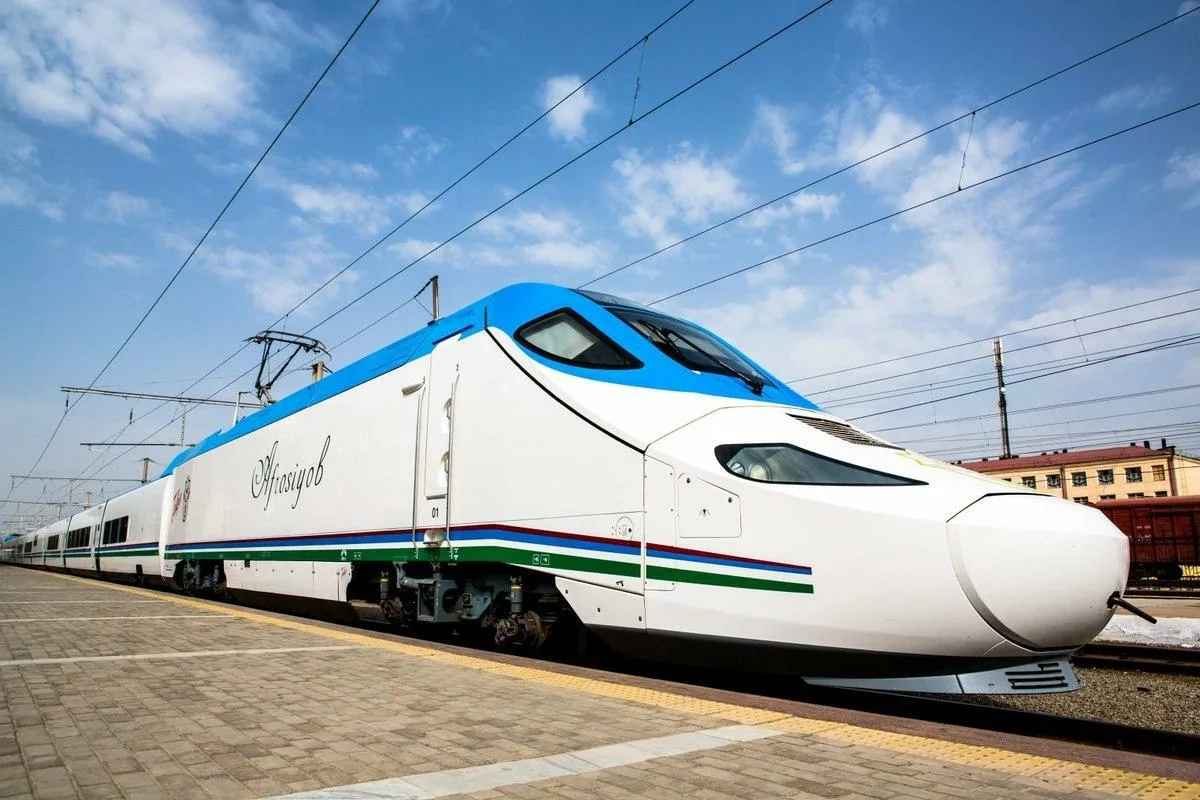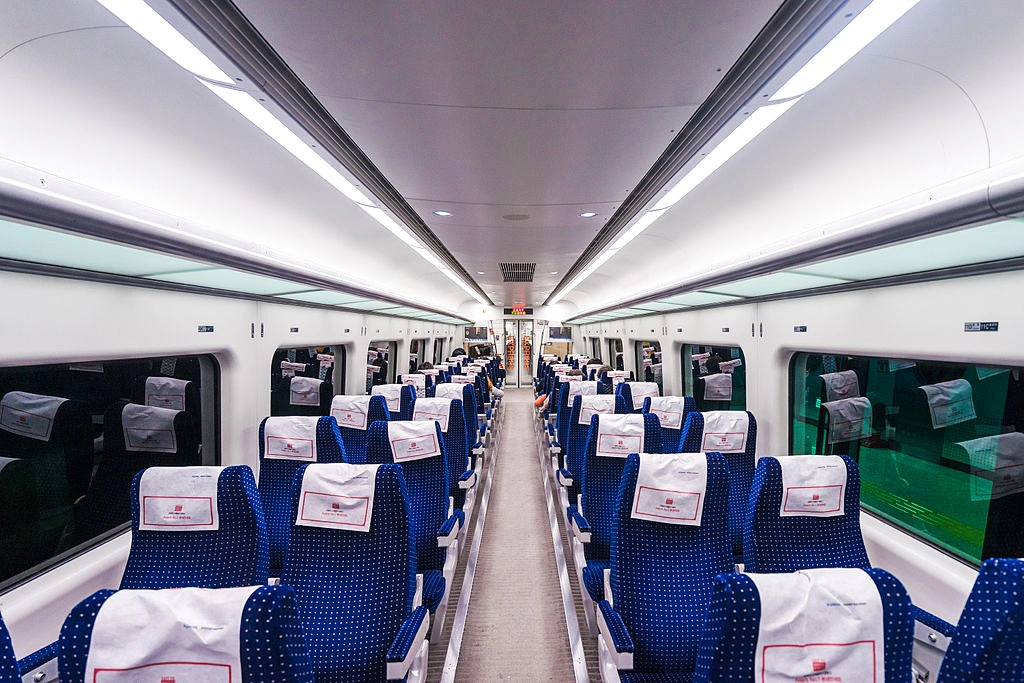Railways
The state Railway Company "Uzbekistan Airways" is one of the largest in the Central Asian region. It was founded in 1994. The Company acquired assets and rolling stock belonging to the territory of Uzbekistan of the former Central Asian Railways (also called the Trans-Caspian Railway). The Central Asian Railway was the main transport route in Uzbekistan, connecting Bukhara and Samarkand in the south with the capital in the northeast. The line also has two main branches leading to other parts of the country: one branch runs southeast to Termez, and the other to the north, serving the cities of the Fergana Valley of Angren, Andijan, Fargana and Namangan.
Currently, the railways of Uzbekistan fully meet the needs of the country in the transportation of goods and passengers. Currently, Uzbekistan has 3,986 kilometers of an extensive network of public railway lines. Railway lines are constantly being repaired and reconstructed. More than 16 million passengers are transported annually. Uzbek railways take an active part in international transportation of passengers and cargo.
The Kungrad-Beynau-Aktau railway line leading to the Kazakh port of Aktau and further through Russia to European countries is extremely important. This is the only direct route from Central Asia to Europe. This mainline railway became even more important after the Caucasus-Crimea railway ferry was opened in 2004, which opened the shortest route connecting southern Russia and Central Asia with Ukraine and Central Europe.
Due to the growing popularity of tourism on the Silk Road, the so-called Central Asian Transport Corridor, which connects countries such as Kazakhstan, Kyrgyzstan, Uzbekistan, Turkmenistan, Iran and Turkey by rail, is of particular importance. A significant part of this route passes through the territory of Uzbekistan – the "Golden Section of the Great Silk Road".


Train in Uzbekistan Among the various railway tours of the Silk Road, the train tour "The Silk Road from the train window" is of particular interest. As is generally known, the Great Silk Road began in the capital of the ancient city of Xian in China, reached Dunhuang and then split into two main branches crossing the Tarim Basin. The northern branch crossed Xinjiang, crossed the Tien Shan Mountains, crossed Semirechye (southeastern part of modern Kazakhstan) and reached Chach - Tashkent. From there he crossed the Syr Darya River, then through the Jizzak steppe he headed to Samarkand and further to Bukhara. From Bukhara, the road divided into two main paths. One of them led north to Khorezm, the steppes of the Caspian coast and Russia. Another branch extended southwest through Margiana and Khorasan to Persia, and further to Asia Minor and the Levant. The route of the new railway journey practically follows in the footsteps of the old caravans. It departs from the Druzba railway station, on the border between China and Kazakhstan.
To make the trip on board as pleasant as possible, the train offers passengers comfort, civility and quality service. Each compartment includes two large baby beds, an armchair, a wardrobe, bathrobes and slippers, an air conditioner, a radio, a television, a compact disc stereo cassette receiver, a DVD, Internet access, a driver's call button, a small table, luggage racks. Adjacent to each compartment is a bathroom with sink, shower and toilet. The tourist train also includes two dining cars, a kitchen car, a lounge car, a medical station, service and maintenance cars, sometimes a shower car. Tourists are escorted by multilingual guides and qualified train staff.
Local rail travel has gained great popularity in recent years. Since 2004, a Registan express electric train introduced by the Uzbek railways has been running between Tashkent and Samarkand. However, since 2011, Uzbek railways have been running between these cities on the AV-E25 Afrosiab high-speed train. The train leaves Tashkent at 7:00 am and returns in the evening. Afrosiab develops a speed of up to 250 km / h thus covering the distance between the two cities in 1.5 hours. From the platform of the Tashkent railway station, the train starts smoothly and almost noiselessly. The cars are equipped with convenient compartment tables, computers and video systems with monitors, air conditioning that keeps the temperature in the passenger car at 22 degrees centigrade all year round. Wide panoramic windows allow passengers to fully enjoy the Central Asian landscapes that unfold beyond the windows
Since 2005, another legendary city, Holy Bukhara has been connected to the country's capital by a fast Sharq train, which covers the distance in 8 hours. In terms of comfort, the business class and economy class passenger cars of the Sharq train are not inferior to the Afrosiab express train.
The Silk Road railway tours will remain forever engraved in the hearts and minds of travelers; they offer a unique opportunity to immerse yourself in the fascinating history and culture of the most attractive ancient cities of Uzbekistan and explore their glorious monuments.
